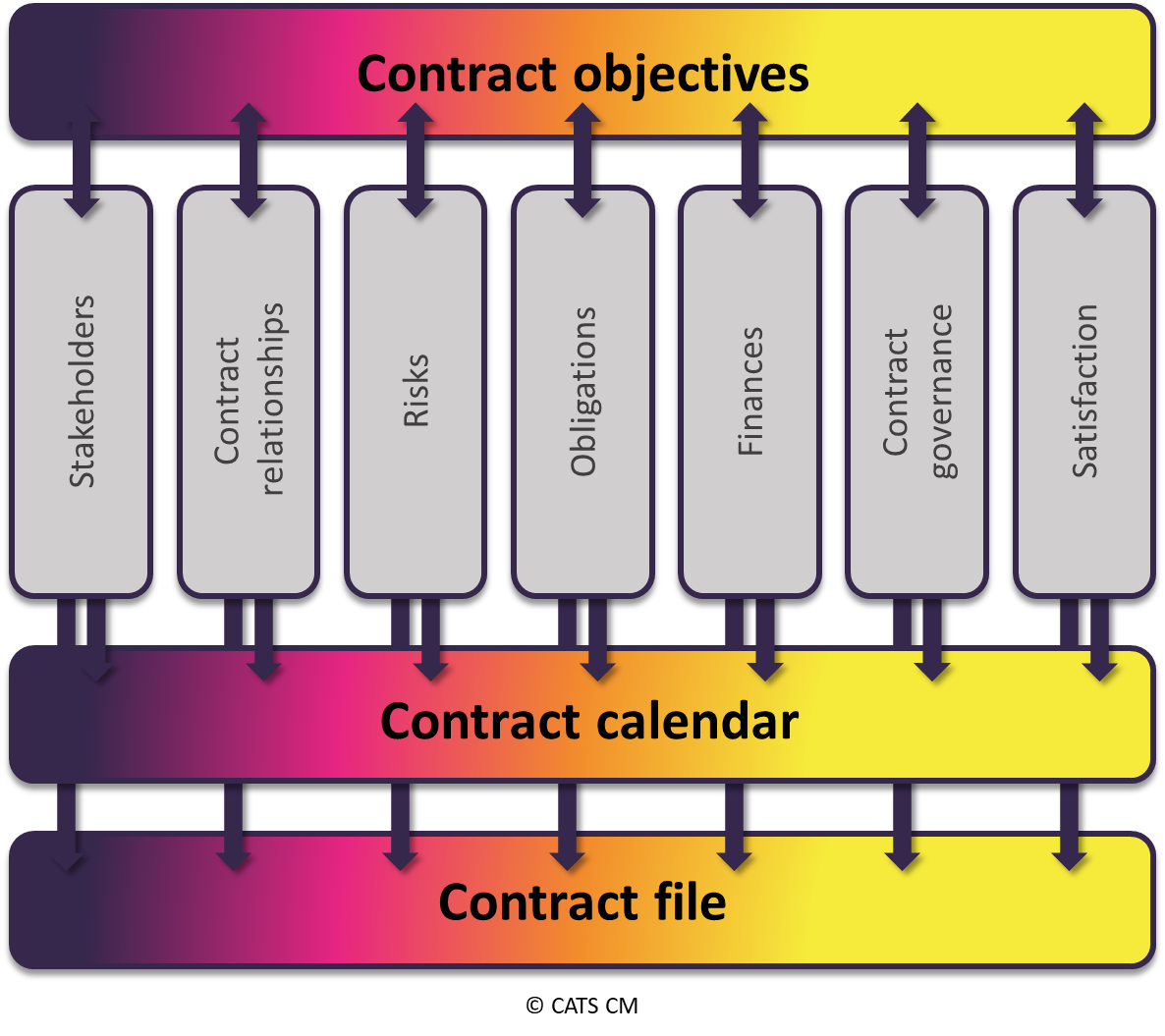This blog is the first in a three-part series on contract data. It explores why contract data is far more than an administrative detail and how understanding it lays the foundation for better decisions, stronger collaboration, and sustainable added value to the business. The blogs are based on the CATS CM® definition of contract management, as described in our introduction to this series. Stay tuned for the next blogs on how to turn data into measurable benefits with Contract Data Management and how to make it future proof. But for now, let us start with the fundamentals.
Everything Is About Data
There is no denying it, we live in a data-driven world. Almost every business decision is powered by information, fueled by data. Yet the area of contract data is often underestimated in its potential. And there is so much value in the details derived from agreements that govern nearly every business relationship and are used to turn into information on the past, the present and the future.
At its core, contract data includes both contract elements, such as terms, conditions, obligations, compliance and risk management aspects, as well as contract lifecycle information, gained from negotiation and execution to renewal or termination. Together, these insights form the backbone of effective contract management and enable organizations to act with precision, agility, and foresight. The CATS CM® methodology, a best practice for designing contract management, divides it into ten focus areas, the CM Essentials (Figure 1). And the ‘contract file’, containing all the contract data, is at the foundation of it all.

Figure 1: The Contract Management (CM) Essentials
From Collection to Management: Establishing Structure
To transform contract data into a genuine asset, organizations need to decide on structured approach customized to the DNA of the main business purpose. We call this structured approach Contract Data Management (CDM). CDM goes beyond finding, gathering and storing information. It involves classifying, validating, and interpreting data in ways that produce actionable insights throughout the contract lifecycle, built across organizations ensuring that CDM involves and reaches all the involved roles of a contract.
With well-defined analytical goals, CDM enables decision-makers to identify trends, assess risk exposure, and uncover opportunities that would otherwise remain hidden. It turns static information into a strategic compass, guiding organizations toward better outcomes and operational excellence.
In this context, doing nothing is not an option. The cost of inaction (flawed data, shadow data, missed obligations, or uninformed decisions) can be significant. Establishing a clear CDM framework ensures consistency, accuracy, and transparency across the organization.
Connecting the Dots to Business Value
Linking CDM to broader business strategy requires balance. A contract manager must act not only as a data archivist but also as an investigator and advisor ensuring data serves genuine business needs.
Because contract data varies widely in volume, variety, and veracity, depending on the organization and market, simplification is key. It is important to question and sometimes even reduce the data collection, in order to ensure that time is well spent, and the analyzed results from contract data match the core of the business needs. Using practical tools, such as checklists or readiness assessments, helps teams determine whether data is trustworthy and ready for business use. Defining shared protocols for how data is captured and understood fosters alignment, reduces misinterpretation, and enhances collaboration.
Better registration leads to better insights, and better insights drive better business decisions. That is the true promise of contract data. IT solutions within contract management can support CDM, but benefits gained will come from a customized CDM process, and not from a one-size-fits-all solution.” IT solutions within contract management can support CDM, but benefits gained will come from a customized CDM process, and not from a one-size-fits-all solution.
Looking Ahead
Awareness is the first step: asking why we collect data and how it can shape better outcomes. In the next blog of this series, we will dive deeper into how to design and implement a Contract Data Management framework that works in practice.
About the authors
Kelly Lyng Ludvigsen and Linda Tonkes are contract management professionals with experience in transforming contract processes through data-driven insights. Kelly focuses on bridging the gap between operational execution and strategic business value, while Linda, Author, and Chief Wizard at CATS CM®, brings deep expertise in the CATS CM® methodology and the art of making contract management both practical and powerful.